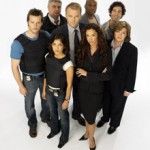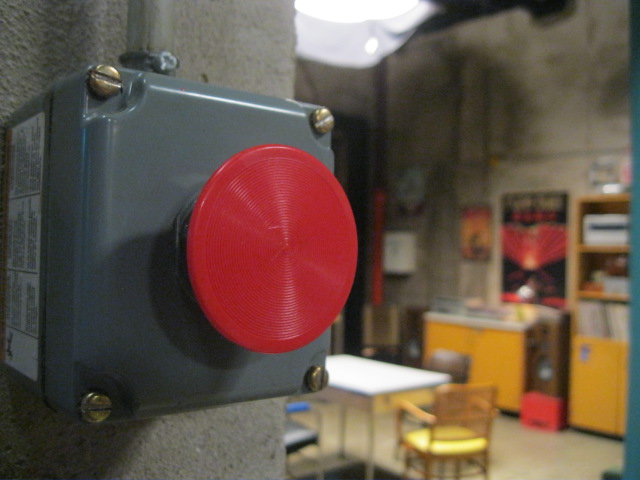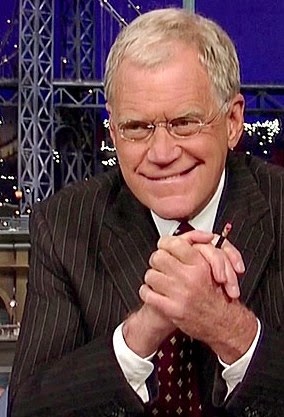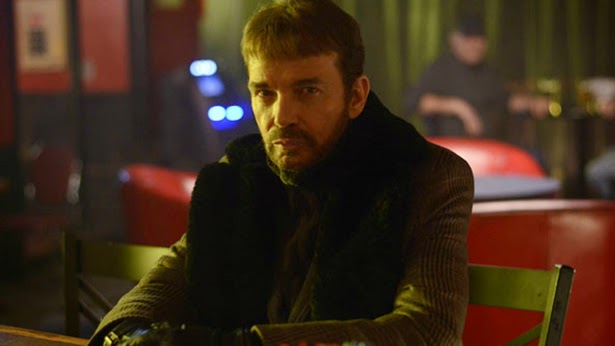 Want to take a trip back in time? Back to an era of manners and civility on television? You’ll have to stay up half the night or be able to tape, TiVo or PVR to find it. I’m talking about GSN’s 3 a.m. blast of “black and white overnight,” the vintage airings of panel shows What’s My Line and I’ve Got A Secret.
Want to take a trip back in time? Back to an era of manners and civility on television? You’ll have to stay up half the night or be able to tape, TiVo or PVR to find it. I’m talking about GSN’s 3 a.m. blast of “black and white overnight,” the vintage airings of panel shows What’s My Line and I’ve Got A Secret.
This morning at 3, GSN went to the back of the vault to unearth the very first episode of What’s My Line, a simple show where panelists tried to guess the occupation of various contestants by asking a series of questions. The Feb. 2, 1950 debut looked like it was made in 1850. Instead of long time regulars Arlene Francis and Bennett Cerf, the panel consisted of three forgotten older men, including a former governor of New Jersey. Among them was New York columnist Dorothy Kilgallen, who remained with the show for 15 years until her death–under mysterious circumstances–in 1965.
GSN is showing What’s My Line, the longest-running U.S. panel show (17-and-a-half seasons), in sequence, so you can catch the second show tonight. I believe that’s when Francis makes her debut on the panel. Host John “Charles” Daly (as Cerf used to call him) was the only regular to be with the series from first to last episode.
The live, early shows are cruder both technically and in spirit. The post-war world was a little less mannered than in the later ’50s and early ’60s, with panelists puffing away on cigars and asking pretty blunt questions. The show took a few months to find its feet, with contestants being asked to parade up and down in front of the panel, balance books on their heads and other pointless stuff.
While it is a rare glimpse into what TV was like just as coaxial cables were making coast-to-coast network broadcasts possible, it is the later episodes of What’s My Line which are more interesting. The series mystery guest element brought all kinds of surprises, with stars as diverse as Frank Sinatra, Woody Allen, Elizabeth Taylor, Marlon Brando, Steve McQueen, Jane Fonda, John Wayne and Barbra Streisand showing up to see if they could stump the panel. Even God, apparently, was a What’s My Line mystery guest.
Take a look at this clip from the late ’50s, with mystery guest Alfred Hitchcock signing in with his usual flourish:
Hitch’s cheekiness about his Rear Window leading lady, Grace Kelly, is an eye opener given how that relationship has been, pardon the pun, Psycho-analyzed over the years.
There are dozens of other What’s My Line postings on YouTube, with Groucho Marx, Salvador Dali, Burns and Allen and even The Supremes being featured. What fascinates me is the sophistication and formality of the Broadway-based panelists, who were always done up in tuxes and gowns.
Taken today, What’s My Line stands as an elegant, irony-free zone. It must have seemed like your grandfather’s game show when it was edged off the air in 1967, just as the Smothers Brothers wer slowly starting to change the culture at CBS. It was not a “happening” show, it was square, man. But it seems admirably so today, especially in an era when so many so-called celebrity guests squirm their way through whatever reality show will keep them current. (see more about this in a CP story I wrote last week posted here.)
Give the diginet credit for pandering beyond the 18-49 demo, even if it is in the middle of the night. GSN historian David Schwartz, who I spoke with last week by phone from L.A., says nobody else is doing it these days. The network is fortunately that almost all the old Goodman-Todson panel shows still exist, although that final, colour season of What’s My Line only survives in black and white prints. Another hurdle, and this is ironic, is embedded advertising. Many shows in the ’50s had sponsor signage posted on screen, especially in game and variety shows such as the Texaco Star Theater and the Buick Berle Hour. Several seasons worth of I’ve Got A Secret, for example, cannot be shown on GSN due to cigarette advertising being displayed on the wall or on the desk in front of the panel–even though many of those brands no longer exist. Schwartz agrees that GSN could probably digitally cover the old sponsor signs with new ones (now there’s a marketing opportunity). The way technology has advanced, it wouldn’t cost a fortune to do that today, but that call is up to the network, says Schwartz. Ironically, a cigarette sign prevents GSN from airing one of the rarest sightings in its panel show vaults–the one and only appearance on television of the man who invented it–Philo T. Farnsworth. The subject of a play, The Farnsworth Invention, by West Wing creator Aaron Sorkin, Farnsworth was the mystery guest on I’ve Got A Secret on July 3, 1957–a few weeks after I was born. Nobody on the panel guessed that it was he who invented television. Farnsworth was rewarded with $80 and a carton of cigarettes.
Ironically, a cigarette sign prevents GSN from airing one of the rarest sightings in its panel show vaults–the one and only appearance on television of the man who invented it–Philo T. Farnsworth. The subject of a play, The Farnsworth Invention, by West Wing creator Aaron Sorkin, Farnsworth was the mystery guest on I’ve Got A Secret on July 3, 1957–a few weeks after I was born. Nobody on the panel guessed that it was he who invented television. Farnsworth was rewarded with $80 and a carton of cigarettes.
Farnsworth is still getting short shrift–Sorkin’s poorly-reviewed Broadway effort closes March 2.
Prev Post

Next Post





2 Comments
It’s a shame it’s closing early. I saw it in December and I really don’t know why it’s getting such bad reviews.
I thought it was really interestingly staged. Hank Azaria was teriffic as RCA’s David Sarnoff, and Jimmie Simpson was great as Farnsworth. Maybe it’s all that pent-up resentment of Sorkin taking all that filthy lucre from TV and then having the temerity to return to the first love with a show about….television!
I saw “A Few Good Men” on Broadway back in the day, and I thought “The Farnsworth Invention” was superior in just about every way possible, with the one exception maybe being no “You Can’t Handle The Truth!” moment.
I hope they still make a movie of it. It really is a fascinating story of two brilliant and flawed men.
A couple of friends who are TV critics–one from Kansas City and one from New York–saw Farnsworth on Broadway and were underwhelmed. One said it seemed like Sorkin did a “Wiki” version, hitting all the historical facts but the show never lifted beyond that. Both these guys are big Sorkin fans, they don’t resent him going legit after making a TV buck. I think there could be a cool movie in this story, hope it happens. Wish I had seen the play for myself.